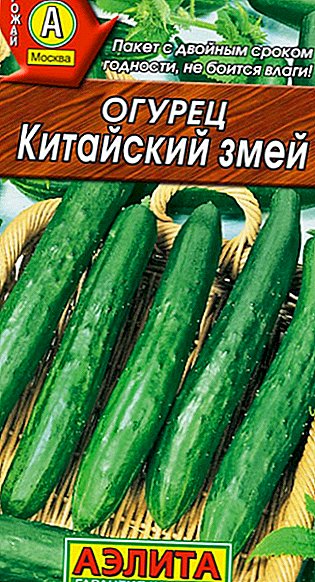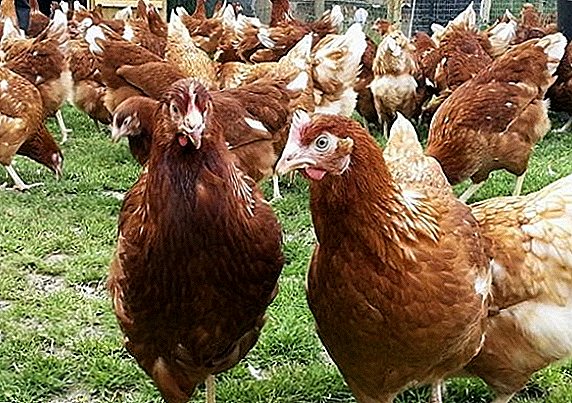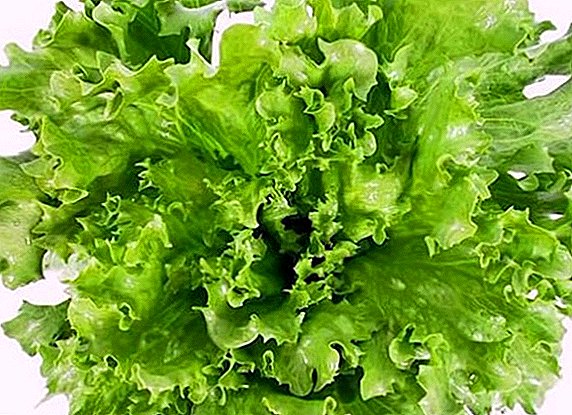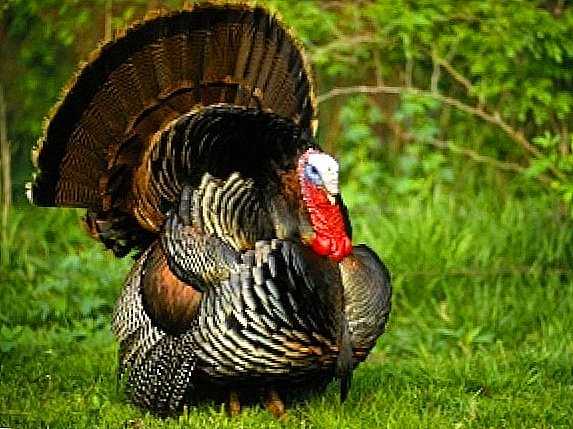
In breeding and rearing of birds one has to face not only the need to provide them with food, a good chicken coop, a place to walk, but also to be very careful that poultry do not get sick.
This issue is especially relevant for owners of turkeys, who can catch the disease not only from other individuals, but also come to a decline due to the wrong content.
With all this, there are a lot of diseases of turkeys, and a significant part of them can be fatal.
To prevent this from happening to your pets, we suggest that you familiarize yourself with the symptoms of the most well-known diseases and their treatment methods, which we will share below.
Diseases of turkeys that are considered contagious: we determine in time and prevent the spread
By infectious diseases are meant those that can be transmitted from individual to individual. Thus, they have a very high risk and require immediate treatment.
The causes of such diseases are most often various viruses or infections, the ways of infection of birds that can be very different.
What you need to know about the respiratory mycoplasmosis of turkeys and how to improve the immunity of birds?
This disease is somewhat similar to the usual human cold, but its manifestations encompass not only the respiratory tract, but also other organs of turkeys. In particular, you can see that an infected bird the mucous membrane of the eye is very inflamed, in consequence of which vision is greatly impaired.
Watching a sick turkey, you can notice that it often loses its orientation in space, it can walk on uneven trajectories, etc.
Also, the most important symptom of the disease described is respiratory symptoms such as heavy discharge from both nose and eyes.

It is important to know and note when inspecting birds that if they are affected by respiratory mycoplasmosis, they can start losing their weight drastically. In females, their productivity decreases in the aspect of egg laying.
The worst thing is that without special treatment, which leads to a neglected form of the disease, turkeys in general can die.
In the case of infection of young animals, the bacterium of this disease can also affect the air sacs, which causes the appearance in birds of worsened uneven breathing, shortness of breath with a large amount of movement.
There are many reasons for the emergence of this contagious disease, a form of infectious rhinitis. The main of them lowering turkey immunity, in consequence of which the bird becomes unusually susceptible to various bacteria.
Also, the bird's body is not able to fight mycoplasma (the direct causative agent of the disease) when it lacks such two vitamins as A and B.
By the way, Mycoplasma itself belongs to the intermediate class, and is neither a bacterium nor a virus. But as we see, the consequences of its impact on turkeys are very deplorable.
The external conditions that may be the causes of disease in turkeys, include the following:
- Most often, the disease occurs in the cold season, when the bird can overcool, that is, become more susceptible to this type of disease.
- The increased humidity of the room, in which the birds spend the most time, also has a rather negative effect on their state of health. This is especially dangerous in the cold season.
- The appearance of the disease also implies poor nutrition, which, in combination with the reasons described above, also negatively affects the immune system and the body's ability to resist mycoplasma.
In the event that the disease was seen on turkey poults, then it is best to discard them, because they can create more problems than they can be beneficial in the future. And the main problem is the infection of other individuals.
Also, the young may develop a severe chronic form of this disease, which is highly undesirable.
If adult specimens became infected with respiratory mycoplasmosis, they should immediately be treated at the first signs by adding chlortetracycline to the diet (oxytetracycline can also be used).
About 400 grams of these drugs are given per ton of feed. This treatment lasts a little more than a week. Antibiotics such as erythromycin, levomycetin and streptomycin have a good effect on the described disease. In the treatment of turkeys, they give water of tilane, making for this a solution with a concentration of 0.5 grams per 1 liter of water.
We use preventive measures against respiratory mycoplasmosis:
- It is very important to keep the hen house that contains turkeys clean, as dirt is also a source of harmful bacteria.
- Constantly ensure that the birds eat properly, provide them with all the necessary set of trace elements.
- Regular airing will help fight the high humidity in the house.
Tuberculosis in turkeys: what is dangerous and how to treat?

This disease of turkeys is considered to be the most dangerous. The reason for this - the scale of the defeat. After all, not only the upper respiratory tract of birds, as well as their lungs, but also almost all other organs suffer.
Tuberculosis manifests itself with very strong symptoms: first of all, even from the outside it will be noticeable that the bird has deteriorated health - they practically do not eat, they behave very apathetically, they can constantly sit in one place or move very slowly.
Secondly, under feathers can be noticeable small nodules. Very often there is diarrhea.
Like in humans, the cause of tuberculosis of turkeys is tubercle bacillus. By the way, it is included in the list of the most dangerous diseases, which once again confirms the need for emergency treatment. Birds are infected mainly in one of the following ways:
- Dirty water;
- Dirty and contaminated with tubercle bacilli inventory;
- A litter on which other infected birds or animals trampled;
- Eggs from an infected turkey.
Unfortunately but to treat turkeys from tuberculosis almost impossible.
The fact is that the disease spreads just strikingly fast, affecting its internal organs. So that bird, which shows the symptoms of this terrible disease, it is best to destroy, so that it does not catch other individuals. In this case, the only treatment is to prevent the further spread of the disease and its prevention.
After the infected individuals are destroyed, the room in which they were kept should be thoroughly cleaned and processed. But there is one not quite pleasant nuance - it is almost impossible to influence the tubercle bacillus with any disinfectants.
For this reason, the only effective means is fresh air and sunlight. That is, it is best to leave the house not inhabited for several months and keep on constant airing.
Best of all, if in such a state he stays the entire summer season, then the danger of re-infection will be reduced to a minimum, since only scattered sunlight can kill the tubercle bacillus.
What is histomoniasis and why does it appear in turkeys?

This disease is characterized by the fact that it occurs defeat of the cecum of the bird. But besides this, they also affect other digestive organs, especially the stomach and liver.
It can be understood that your birds have become infected with a histomonosis by the fact that they start to vilify very much. In this case, the selection in this case will be frothy and with a characteristic greenish color.
Also, outwardly the birds become very dirty, especially their back end. All feathers are very ruffled, turkey becomes very apathetic in behavior.
Adult birds tolerate the described disease more easily, but small turkey poults begin to rapidly lose their weight, their appetite is also disturbed.
Of course, it’s a very strange fact, but it’s impossible to keep the turkeys in the same premises where chickens were before or geese. Rather, you can, but before that you should definitely carry out preventive processing in order to get rid of all the bacteria characteristic of these birds and traces of their vital activity.
Susceptibility to histomonosis is high in both young and adult individuals.
The disease very rapidly affects the body of the bird, so proceed to treatment immediately after the discovery of symptoms. Firstly, separate infected turkeys from all other individuals, so that the disease does not spread further.
After that, clean and disinfect the room where they were kept. In order to deprive the birds of the disease and its symptoms, it is necessary to add furazolidone or Osarsol to the feed. Demineralization should also be carried out using piperazine sulfate. The use of phenothiazine also shows good results.
Since the cause of this disease lies in the neglect of the cleanliness of the premises that contain birds, it is on hygiene and cleanliness that prevention will be based. This is especially important to take when there is a change of inhabitants in the house and at least one of the individuals shows signs of the disease.
How to understand that turkeys suffer from worms? Fighting pests

Worm disease is one of the most common, not only among turkeys, but among all other birds.
In the initial stages of the appearance of these pests in the body of the bird is difficult, but over time it will begin to lose body weight, other diseases may unreasonably develop, since immunity decreases.
In the case of birds, the danger of worms is that they are capable of striking not only the digestive organs, but also their respiratory tract.
But at the same time, birds can become infected from a very large number of sources:
- From the soil;
- Other individuals and species of birds, animals;
- Feed and water;
- Inventory.
It is difficult to treat turkeys for worms, since it is difficult for a person to identify a disease in its initial stages. However, a drug such as piperazine sulfate is quite effective in combating, although phenothiazine can also be used.
More effective than any treatment will be prevention, which includes periodic treatment of the house with the help of sanitary means.
Smallpox in turkeys: how dangerous is it and how to get rid of it?

Understand that your turkeys have smallpox by the fact that they begin refuse food and drink. Behavior becomes apathetic, they move sluggishly, constantly trying to clog up in some dark place.
With all this, feathers are still tousled and wings are lowered. But this will be evidence only of the beginning of the disease. In the future, spots appear on the mucous membrane and all areas not covered with feathers.
It is very difficult to limit the sources of infection in the case of smallpox, because turkeys can get infected from:
- Chickens through some feeders or dishes with water;
- From other infected individuals by direct contact;
- From flies and mosquitoes, which also carry the infection.
Unfortunately, but the answer to the above question will be negative. All infected and carcass fallen should be burned. To protect all other turkeys, they should be vaccinated, for which the embryonic vaccine preparation is used effectively.
For the prevention of smallpox in turkeys in the 6th week of life, they should also be vaccinated with this drug.
We get acquainted with non-communicable diseases of individuals of turkeys
In contrast to the previous ones, the causes of the appearance of these diseases are not viruses and bacteria, but improper maintenance of birds or feeding.
Only a few individuals are affected, and the further spread of the disease is usually not observed at all.
Solid goiter in turkeys: we define and treat

If you have noticed that the bird has become apathetic, cackled, constantly sits in one place and does not eat - feel its goiter. If it turns out that it is inflamed and hard to the touch, these are signs of a hard goiter. Another symptom is sore discharge.
It comes from improper feeding, which is dominated by exceptionally solid feed, such as grain. It is important not only to make the diet of the birds diverse, but also to add to it small crayons, small pebbles of gravel and shells, so that the grain in the craw can be processed better.
The only aspect of treatment is the slaughter of poultry for meat, since it is almost impossible to rid it of hardened goiter.
Effective treatment can only be with pendulous goiter, when the bird drinks too much water in hot weather or it feeds improperly. In this case, the turkey is important to ensure diet and rest.
It is also interesting to learn how to achieve high productivity turkeys
How do turkeys react to hypovitaminosis and how to help them fight?
Enumerate main symptoms of the disease:
- In this disease, the eyes of the birds become inflamed, tearing is observed;
- They become very intense discharge from the nose;
- Rickiness is developing.
The name of the disease indicates that its symptoms indicate a deficiency in the body of a bird of some vitamins, or their whole complex.
The intensity and complexity of the manifestation of these same symptoms will depend on which vitamins are missing. Dirty water, poor and non-nutritious food, and poor conditions can be the cause of the disease described.
Since it is in young turkey poults that the body is completely weak, the disease most often manifests itself in them.
It is very important to prevent the occurrence of the disease at all, making up a complete diet for turkeys and adding vitamins to it. When the disease appears, only injections from the vitamin complex will help.












